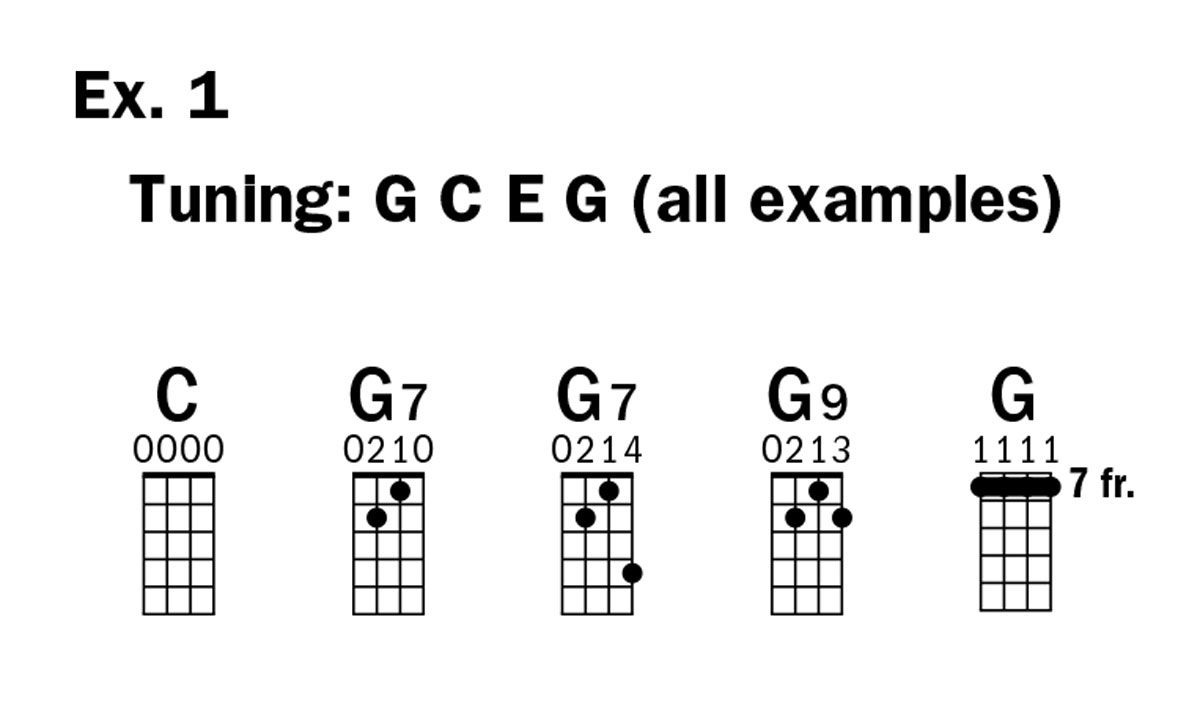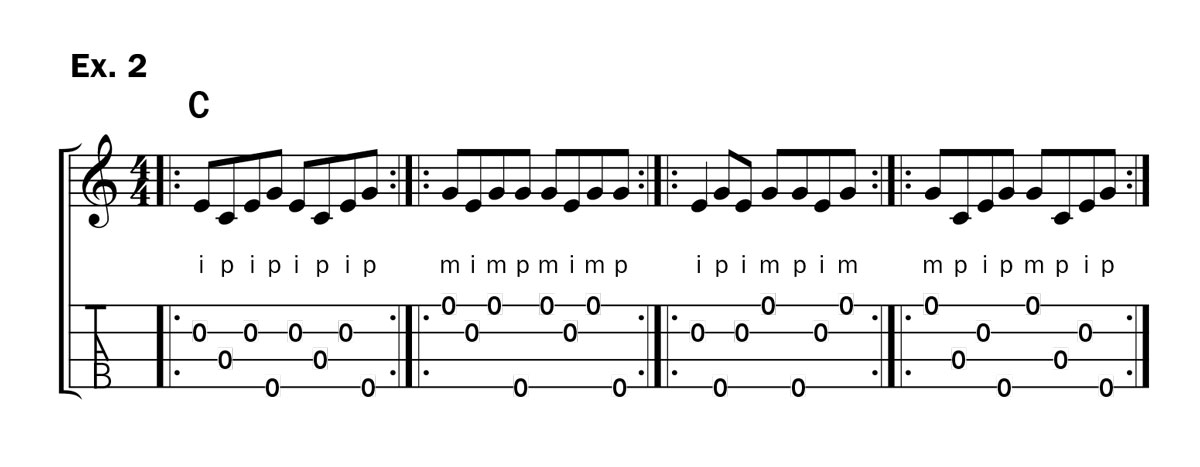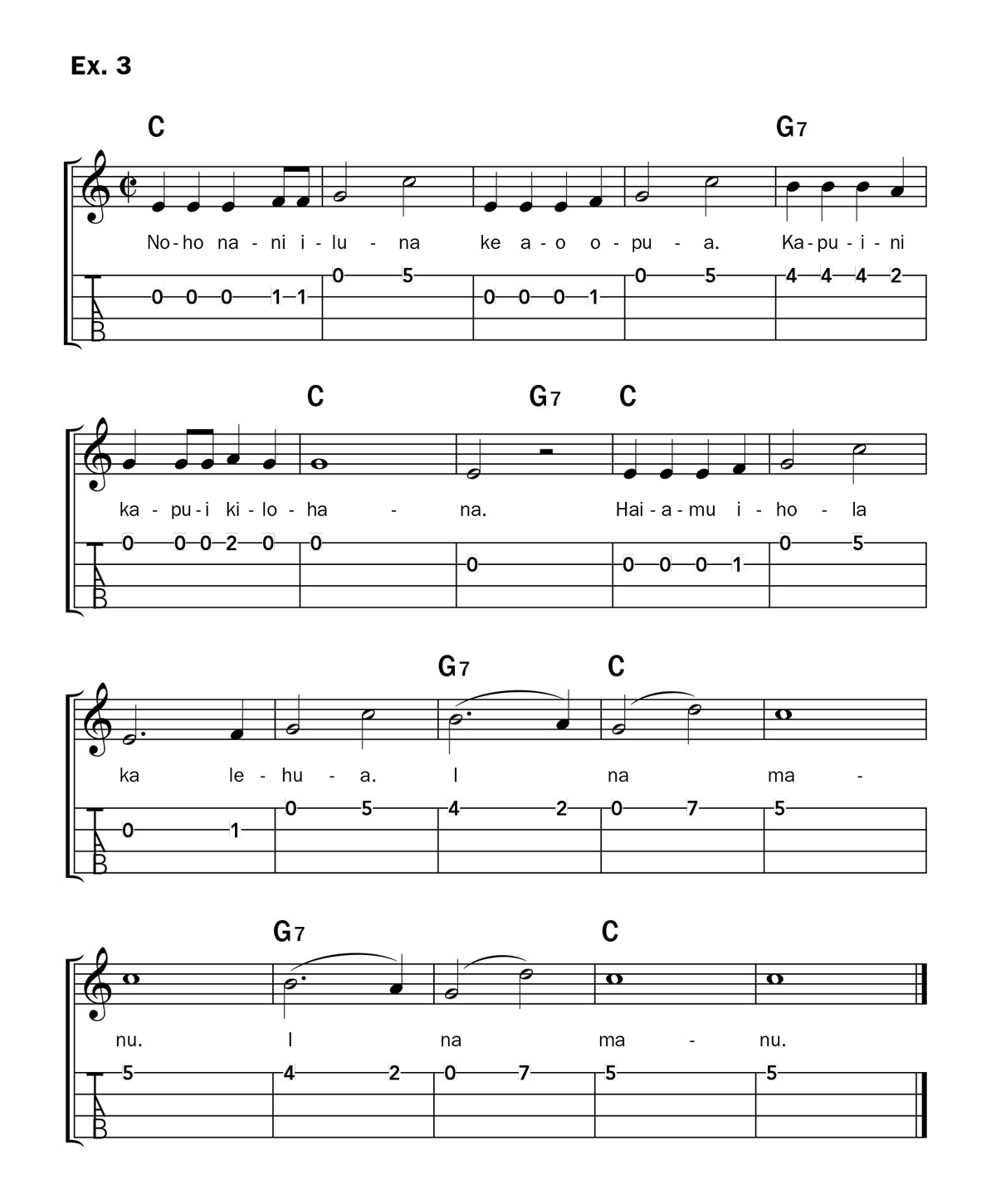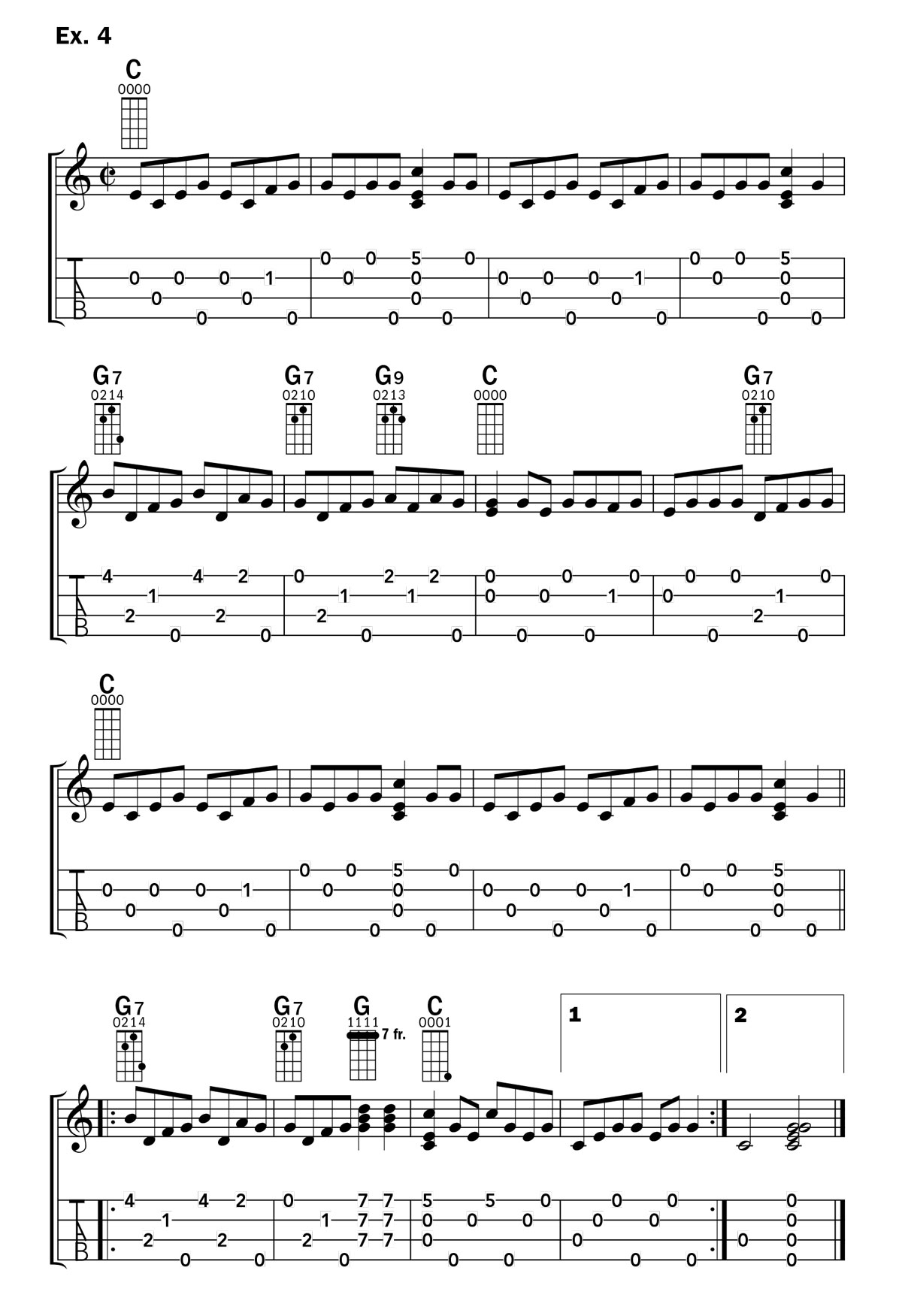By Fred Sokolow
In 1832, Hawaiian King Kamehameha III hired Spanish and Mexican cowboys to teach Hawaiians how to deal with cattle. These vaqueros brought guitars to Hawaii and the natives developed their own fingerpicking style that incorporated Hawaiian rhythms and harmonies and magically evoked the natural beauty of the islands.
The music that the locals played became known as ki ho'alu (translating loosely as “loosen the key”), after the slack key, or lowered open tunings, they preferred. Since slack-key guitar involves an alternating thumb-bass picking style, many musicologists think it influenced African-American blues guitarists. Others say that some Hawaiians put open-tuned guitars on their laps and used a slide, giving birth to the steel guitar!
Though slack-key playing flourished, both as an accompaniment to singing and as an instrumental form, it remained island-bound until the late 1940s, when Gabby Pahinui began recording it. By the 1960s and '70s, slack key's popularity had spread and it got a big boost in the '80s when the label Dancing Cat Records released recordings by many masters of the genre.
At this point, you may be thinking, “That's all very interesting, but what does it have to do with my ukulele?” Well, it's only natural to try to transfer such a uniquely Hawaiian style of music to the instrument most associated with the islands. So, when I started writing an instructional book on slide ukulele, it hit me: Once folks have their uke in an open tuning for slide playing, why not try some slack-key playing as well? Slide Ukulele became Slide & Slack Key Ukulele.
This lesson is centered on one of the arrangements from that book, a 138-year-old Hawaiian standard called “Manu Kapalulu.” It will introduce you to the sound of slack key as well as one of the open tunings, some new chord shapes, and picking patterns.
“What,” you ask, “retune my uke? I'll have to learn to play all over again!” Don't panic-you'll only retune one string. The first string (A) goes down a major second (the equivalent of two frets) to G, giving you an open C chord: G C E G. This is the ukulele version of the Taro Patch tuning, the most popular of the many open tunings used by slack-key guitarists. (On guitar, it's D G D G B D, low to high, like the Delta blues guitarists' open-G tuning.)
In this tuning, you can use all your familiar chord shapes, but you'll obviously need to adjust the first-string fingerings.
Ex. 1 shows you how to do so with the handful of shapes that you'll use in “Manu Kapalulu.”

Slack-key guitarists tend to fingerpick a steady, rolling rhythm that creates an almost hypnotic effect. It usually involves the alternating bass picking associated with guitarists like the country pioneer Merle Travis and blues players like Mississippi John Hurt and Blind Blake. On a uke in reentrant tuning (having a high fourth string), there's not much bass, so the fingerpicking patterns keep changing, but the result is the same: the song's melody is augmented by the “extra” notes that surround the melody and keep the rhythm going.
Practice the rolls over and over, until they flow smoothly.

Queen Lil'uokalani, the last Hawaiian monarch, wrote “Manu Kapalulu” in the late 1800s. A prolific songwriter and promoter of Hawaiian music, she also penned “Aloha Oe” and many other tunes that are still sung, danced to, and played by slack-key artists and other performers, wherever Hawaiian music is heard.
“Manu Kapalulu” is literally about a quail, but it's really about someone with whom the queen was annoyed! The chorus translates as “Be quiet, you quail who nags me. You are nothing, in my opinion.”
You'll find the tune's basic melody in Ex. 3 and a full slack-key arrangement, in which the melody is enveloped by rolls, in Ex. 4.

Before attempting Ex. 4, here are a few tips: 1) to play chords (as in measures 2 and 4), brush up with your middle or index finger; 2) the first two rolls in Ex. 2, with variations, make up a good part of the tune; and 3) the repetition of the last four bars is a characteristic of many slack-key tunes.

If you enjoyed working on “Manu Kapalulu,” be sure to check out Slide & Slack Key Ukulele, which has 13 more arrangements like this one, plus two dozen slide tunes in three different tunings.
And if you want to explore slack-key guitar music, listen to recordings by Gabby Pahinui, Sonny Chillingworth, Cyril Pahinui, Leonard Kwan, Atta Isaacs, and Ray Kane-just for a start.
Fred Sokolow, author of the new book Slide & Slack Key Ukulele (Hal Leonard), is a renowned performer, recording artist, and clinician. To learn more, visit sokolowmusic.com
No comments:
Post a Comment